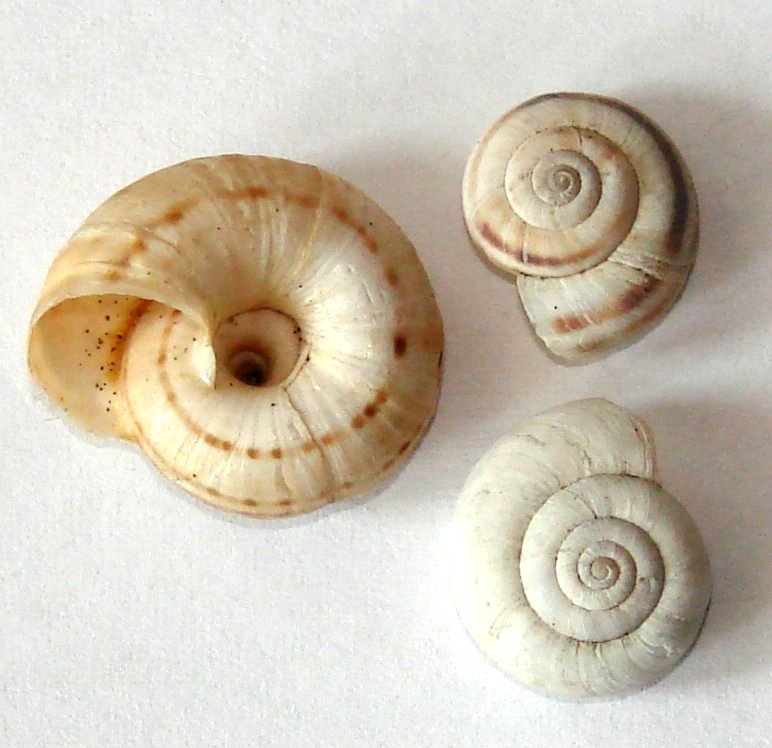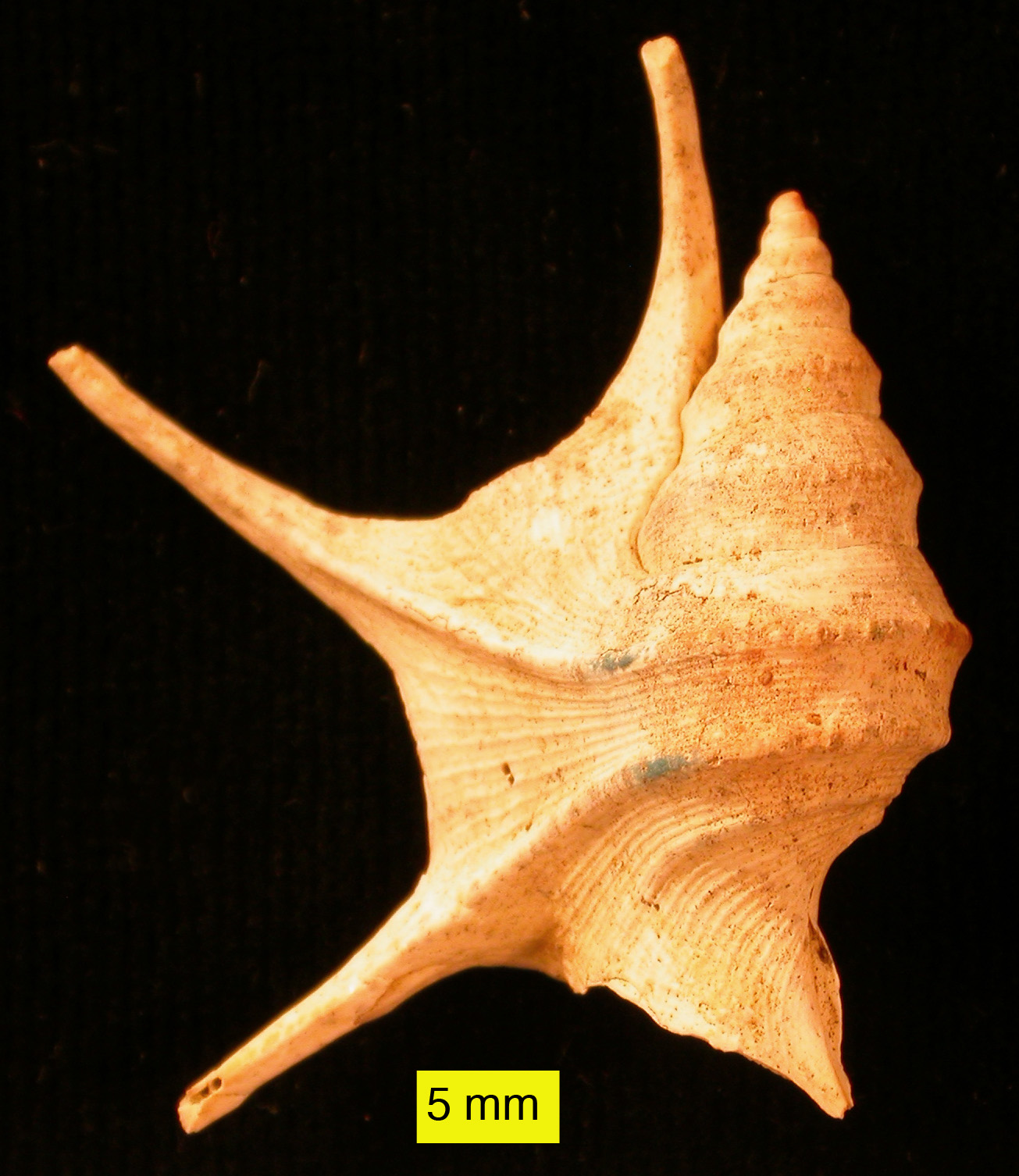|
Xenophoridae
Xenophoridae, common name, commonly called carrier shells, is a family (biology), family of medium-sized to large sea snails, marine (ocean), marine gastropod mollusks in the clade Littorinimorpha. Distribution The Xenophorids live on sand and mud bottoms of the continental shelf, continental shelves and the continental margin, continental slopes of the subtropical and tropical seas and range from very shallow water to depths of more than 1,400 meters.Kreipl, K. & Alf, A. (1999): ''Recent Xenophoridae''. 148 pp. incl. 28 color plts. ConchBooks, Hackenheim, . Shell description Xenophorids are unusual in that in many of the species the animal cements small stones or shells to the edge of the gastropod shell, shell as it grows, thus the shells of those species are sometimes humorously referred to as "shell-collecting shells". The genus name ''Xenophora'' comes from two ancient Greek words and means "bearing (or carrying) foreigners". The shells are small to rather large (diameter o ... [...More Info...] [...Related Items...] OR: [Wikipedia] [Google] [Baidu] |
Xenophora
''Xenophora'', commonly called carrier shells, is a genus of medium-sized to large sea snails, marine gastropod mollusks in the family Xenophoridae, the carrier snails or carrier shells.WoRMS (2012). Xenophora. Accessed through: World Register of Marine Species at http://www.marinespecies.org/aphia.php?p=taxdetails&id=138664 on 2012-06-28 The genus ''Xenophora'' is the type genus of the family Xenophoridae. Etymology The name ''Xenophora'' comes from two ancient Greek words, and means "bearing foreigners", so-called because in most species the snail cements pieces of rock or shells to its own shell at regular intervals as the shell grows. Description The shells of species within this genus vary from small to large (diameter of base without attachments 19–90 mm; height of shell 21–60 mm), depressed-conical, with narrow to very narrow, simple peripheral edge, non-porcellanous ventrally. Foreign objects are attached to all whorls, with generally more than 30% of d ... [...More Info...] [...Related Items...] OR: [Wikipedia] [Google] [Baidu] |
Xenophora Pallidula
''Xenophora pallidula'', the pallid carrier shell, is a species of large sea snail, a marine gastropod mollusc in the family Xenophoridae, the carrier shells. Description ''Xenophora pallidula'' are relatively small, averaging about 68-78mm in length and 72-82mm in width. These snails have a light appearance, usually white or off-white in color. These snails get their name from the Latin word, Xenophoridae which means “foreign carrying”. In other words, these species will attach objects like coral skeletons, fragmented shells, and other debris to the dorsal side of their shell. These attachments often create a radial pattern around the whorls. While this is a commonality amongst the species in this family, ''Xenophora pallidula'' are known to cover more of their shell than other species in the family, with over half their shell hidden. And as the organism grows, there will be more and larger foreign material attached. This is not energetically favorable as the snails secrete ... [...More Info...] [...Related Items...] OR: [Wikipedia] [Google] [Baidu] |
Stromboidea
The Stromboidea, originally named the Strombacea by Rafinesque in 1815, is a superfamily of medium-sized to very large sea snails in the clade Littorinimorpha.MolluscaBase eds. (2020). MolluscaBase. Stromboidea Rafinesque, 1815. Accessed through: World Register of Marine Species at: http://www.marinespecies.org/aphia.php?p=taxdetails&id=14770 on 2020-05-24 Morphology Shell Stromboideans have medium to large shells, attaining a wide variety of lengths depending on the species (20–400 mm from the smallest aporrhaids to the largest strombids). A stromboidean shell has a medium (e.g. spider conchs, '' Lambis'' spp.) to high spire (e.g. tibias, ''Tibia'' spp.), and a thickened and frequently expanded outer lip (e.g. the queen conch, '' Lobatus gigas'', or the goliath conch, '' Lobatus goliath'') that may be ornamented by long spines (e.g. the spider conch, '' Lambis chiragra'', common pelican foot, '' Aporrhais'' spp.) or digitations (e.g. the millipede spider conch, '' La ... [...More Info...] [...Related Items...] OR: [Wikipedia] [Google] [Baidu] |
Littorinimorpha
Littorinimorpha is a large order of snails, gastropods, consisting primarily of sea snails ( marine species), but also including some freshwater snails ( limnic species) and land snails ( terrestrial species).Bouchet P. & Rocroi J.-P. (Ed.); Frýda J., Hausdorf B., Ponder W., Valdes A. & Warén A. 2005. ''Classification and nomenclator of gastropod families''. Malacologia: International Journal of Malacology, 47(1-2). ConchBooks: Hackenheim, Germany. . . 397 pp. http://www.vliz.be/Vmdcdata/imis2/ref.php?refid=78278 Previously, the Linnaean taxonomy used in the taxonomy of the Gastropoda by Ponder & Lindberg (1997) ranked like this: subclass Orthogastropoda, superorder Caenogastropoda, order Sorbeoconcha, suborder Hypsogastropoda, infraorder Littorinimorpha. The order Littorinimorpha contains many gastropod families that were formerly placed in the order Mesogastropoda, as introduced by J. Thiele in his work from 1921. Evidence for this group being monophyletic is scanty. In ... [...More Info...] [...Related Items...] OR: [Wikipedia] [Google] [Baidu] |
Taxonomy Of The Gastropoda (Bouchet & Rocroi, 2005)
The taxonomy of the Gastropoda as it was revised in 2005 by Philippe Bouchet and Jean-Pierre Rocroi is a system for the scientific classification of gastropod mollusks (Gastropods are a taxonomic class of animals which consists of snails and slugs of every kind, from the land, from freshwater, and from saltwater). The paper setting out this taxonomy was published in the journal '' Malacologia''. The system encompasses both living and extinct groups, as well as some fossils whose classification as gastropods is uncertain. The Bouchet & Rocroi system was the first complete gastropod taxonomy that primarily employed the concept of clades, and was derived from research on molecular phylogenetics; in this context a clade is a "natural grouping" of organisms based upon a statistical cluster analysis. In contrast, most of the previous overall taxonomic schemes for gastropods relied on morphological features to classify these animals, and used taxon ranks such as order, superorder ... [...More Info...] [...Related Items...] OR: [Wikipedia] [Google] [Baidu] |
Strombidae
Strombidae, common name, commonly known as the true conchs, is a Taxonomy (biology), taxonomic family (biology), family of medium-sized to very large sea snails in the superfamily (zoology), superfamily Stromboidea, and the Epifamily Neostromboidae. The term true conchs, being a common name, does not have an exact meaning. It may generally refer to any of the Strombidae but sometimes is used more specifically to include only ''Strombus'' and ''Lambis''.Goodenough, W. H. & Sugita, H. (1980).Trukese-English dictionary. Philadelphia: American Philosophical Society. p. 235] The family currently includes 31 Extant taxon, extant, and 10 extinct genera. Distribution Strombid gastropods live mainly in tropical and subtropical waters. These animals are widespread in the Indo-West Pacific, where most species and genera occur. Nearly 40 of the living species that used to belong to the genus ''Strombus'' can be found in the Indo-Pacific region.Abbott, R.T. (1960). "The genus ''Strombus'' ... [...More Info...] [...Related Items...] OR: [Wikipedia] [Google] [Baidu] |
Umbilicus (mollusc)
The umbilicus of a coiled mollusc shell is the axially aligned, hollow cone-shaped space within its whorl (mollusc), whorls. The term ''umbilicus'' is often used in descriptions of gastropoda, gastropod shells, i.e. it is a feature present on the ventral (or under) side of many (but not all) snail shells, including some species of sea snails, land snails, and freshwater snails. The word is also applied to the depressed central area on the planispiral coiled shells of ''Nautilus'' species and fossil ammonites. (These are not gastropods, but shelled cephalopods.) In gastropods The spirally coiled whorls of gastropod shells frequently connect to each other by their inner sides, during the natural course of its formation. This results in a more or less solid central axial pillar, known as the columella (mollusc), columella. The more intimate the contact between the concave side of the whorls is, the more solid the columella becomes. On the other hand, if this connection is less inten ... [...More Info...] [...Related Items...] OR: [Wikipedia] [Google] [Baidu] |
Struthiolariidae
Struthiolariidae is a family (biology), family of small to medium-sized sea snails, marine (ocean), marine gastropod molluscs in the superfamilia, superfamily Stromboidea.Bouchet, P.; Rosenberg, G. (2014). Struthiolariidae Gabb, 1868. Accessed through: World Register of Marine Species at http://www.marinespecies.org/aphia.php?p=taxdetails&id=196899 on 2015-01-29 Genera Genera within the family Struthiolariidae include: * ''Conchothyra'' Hutton, 1877 * † ''Monalaria'' Marwick, 1924 * ''Pelicaria'' Gray, 1857 * ''Perissodonta'' Martens, 1878 * ''Struthiolaria'' Lamarck, 1816 * ''Tylospira'' Harris, 1897 References Struthiolariidae, Stromboidea {{Caenogastropoda-stub ... [...More Info...] [...Related Items...] OR: [Wikipedia] [Google] [Baidu] |
Aporrhaidae
Aporrhaidae is a family of sea snails commonly called the "pelican's foot snails." The taxonomy of the Gastropoda by Bouchet & Rocroi, 2005Bouchet P. & Rocroi J.-P. (Ed.); Frýda J., Hausdorf B., Ponder W., Valdes A. & Warén A. 2005. ''Classification and nomenclator of gastropod families''. Malacologia: International Journal of Malacology, 47(1-2). ConchBooks: Hackenheim, Germany. . ISSN 0076-2997. 397 pp. http://www.vliz.be/Vmdcdata/imis2/ref.php?refid=78278 categorizes Aporrhaidae as marine gastropod mollusks in the clade Littorinimorpha Littorinimorpha is a large order of snails, gastropods, consisting primarily of sea snails ( marine species), but also including some freshwater snails ( limnic species) and land snails ( terrestrial species).Bouchet P. & Rocroi J.-P. (Ed.); Fr� .... Aporrhaids are commercially important, especially in traditional fisheries. Description Aporrhaids have a large lip with finger-like extensions, and a small operculum. They do not have mov ... [...More Info...] [...Related Items...] OR: [Wikipedia] [Google] [Baidu] |
Operculum (gastropod)
An operculum (; ) is a corneous or calcareous anatomical structure like a trapdoor that exists in many (but not all) groups of sea snails and freshwater snails, and also in a few groups of land snails, including the Helicinidae, Cyclophoridae, Aciculidae, Maizaniidae, Pomatiidae, etc. The operculum is attached to the upper surface of the foot and in its most complete state, it serves as a sort of "trapdoor" to close the aperture (mollusc), aperture of the shell when the soft parts of the animal are retracted. The shape of the operculum varies greatly from one family of gastropods to another. It is fairly often circular, or more or less oval in shape. In species where the operculum fits snugly, its outline corresponds exactly to the shape of the aperture (mollusc), aperture of the shell and it serves to seal the entrance of the shell. Many families have opercula that are reduced in size, and which are not capable of closing the shell aperture. Opercula have sometimes been modifie ... [...More Info...] [...Related Items...] OR: [Wikipedia] [Google] [Baidu] |



